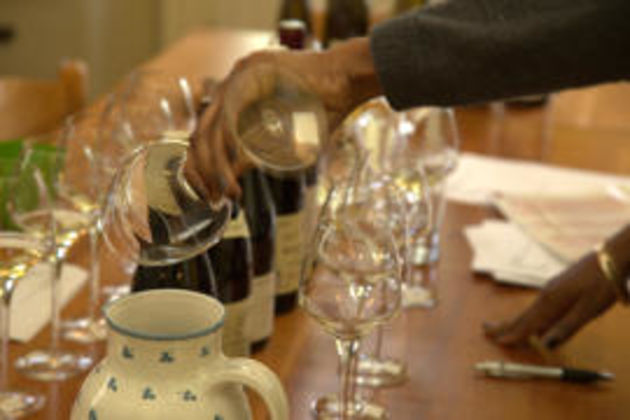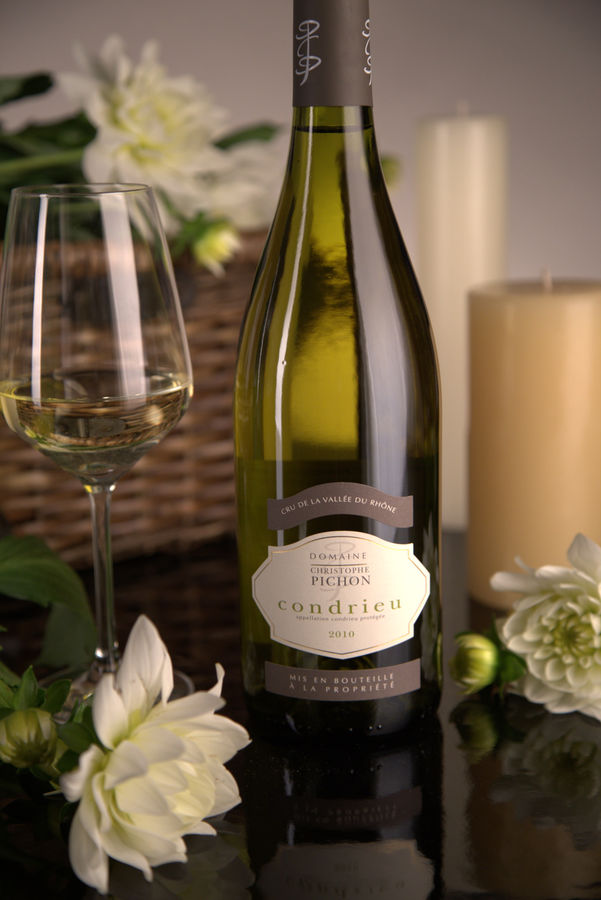Which wines do I decant?
Why decant?
Decanting wine means carefully pouring it from its original bottle into another container without disturbing the sediments that have deposited at the bottom of the bottle.
Sediments are a normal byproduct of aging in fine, non-filtered wines, so you might think that decanting is a requirement for all old vintages.
Would that it were so simple!
Something else happens during decanting: the wine becomes exposed to air and its oxidative power. In fact, most of the time, people “decant” wine simply to air it, aka “let it breathe”.
“Letting the wine breathe”, by leaving it open to air for 1-2 hours before drinking, is a good idea for strongly tannic wines and for young wines: it allows them to “open up” — softening their tannins and releasing their more subtle flavors.
But for wines that are fragile — sensitive to oxidation — such as old Burgundies, this can be the kiss of death.
When to decant?
Here are a few rules of thumb:
Old red wines…
First and foremost, try to avoid decanting old Burgundy reds (10+ years old)** except to remove sediment.
(Except for some stronger wines that require it, such as Besancenot’s 1997 Bressandes.)
Other varietals may fare better, but old Pinot Noirs are very sensitive to over-oxidation, and leaving them to open up for too long could destroy in a few minutes what has taken decades to achieve.
Decant out the sediment right before serving.
Or not at all. Just pour delicately into each glass, directly from the bottle.
Young red wines…
Whether or not to decant is variable, based on region and varietal.
| Beaujolais | Decanting not necessary, but may help. |
| Burgundy | Usually benefit from decanting. Especially stronger wines like the Cortons. |
| Rhône | Best when decanted. If still harsh, would probably benefit from further cellaring. |
White Wines…
Wine experts have mixed opinions about whether to decant white wines or not.
Some argue they taste better decanted. Others believe that decanting subtracts from the subtle taste of the whites.
We find that our more serious whites (e.g. Meursault, Corton Charlemagne, Condrieu) really come into their own after they have been allowed to breathe for 30 min or so, especially if they are still young.
If they were in the fridge, decanting also helps bringing them to a more optimal serving temperature.
The ultimate way to know what you like is to try it both ways and see what works.
Champagnes…
Don’t bother.
You might lose all your bubbles.
How to decant?
If you own a carafe, you can use that to help you decant. Pour the wine into the carafe an hour beforehand, and let it sit at serving temperature.
Some of you will have just read the last paragraph and said, “Wait a second — what the heck is a carafe?!”
If that’s you, don’t worry.
Just open the wine bottle and let it sit at room temperature for a while. It’ll do basically the same thing.
Or pour wine into your glass, and wait a while before you drink it.
Santé!




